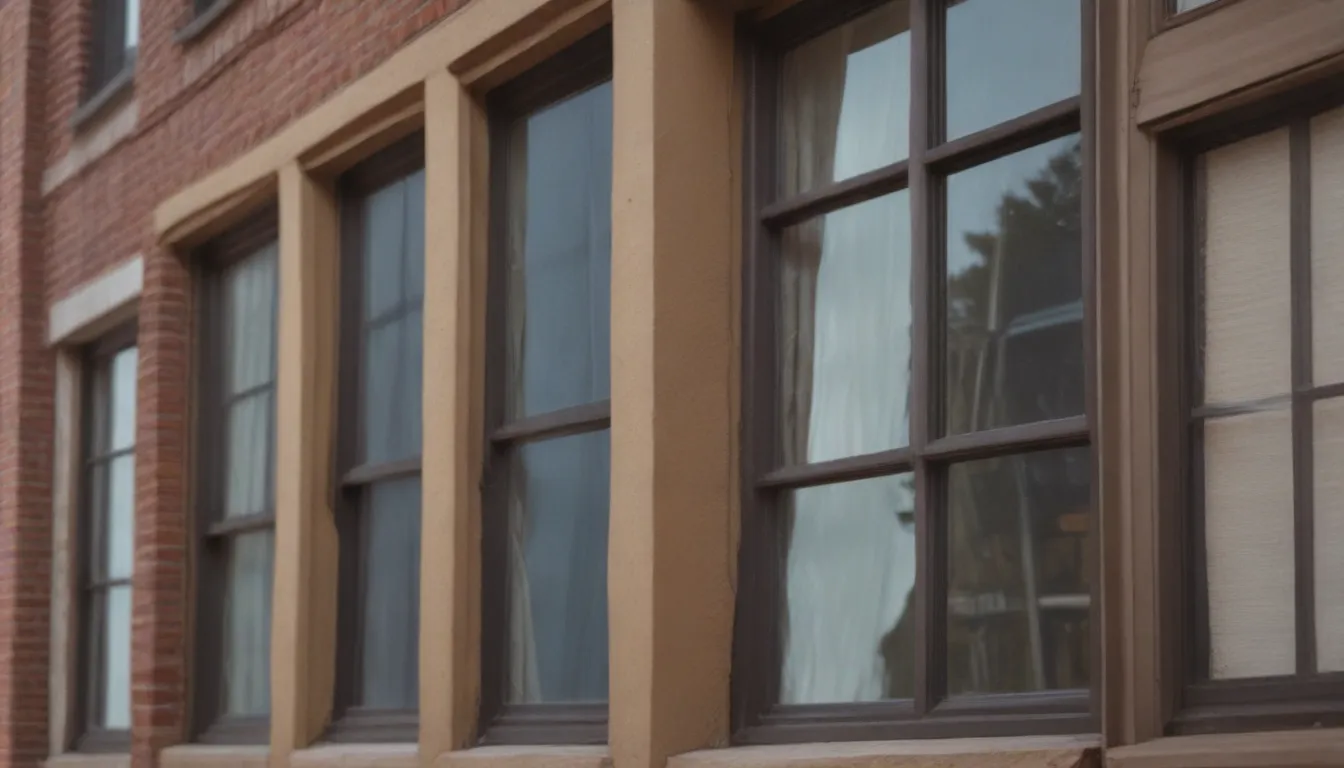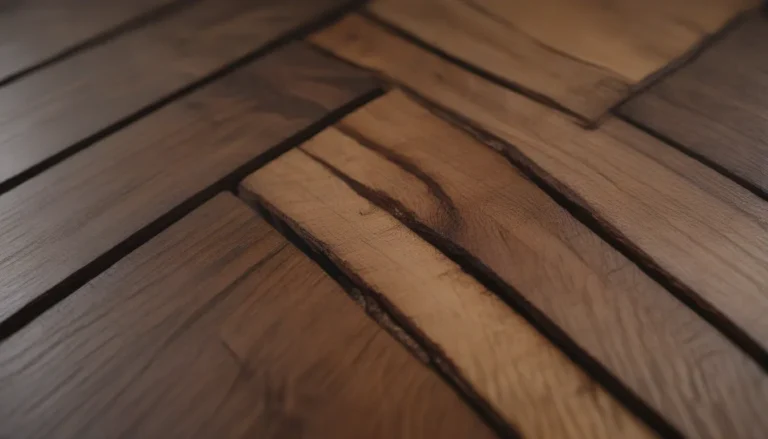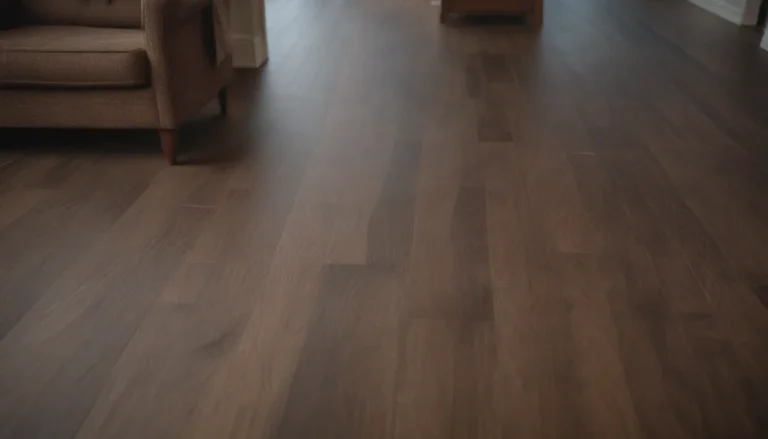Understanding the Difference Between Replacement and New-Construction Windows

When it comes to upgrading your home with new windows, it’s essential to understand the differences between replacement windows and new-construction windows. Both types of windows serve the same purpose – to provide a weathertight, operable or fixed sealed glass window unit. However, they are not interchangeable, and knowing when to use each type can save you time, money, and headaches in the long run.
Replacement Windows vs. New-Construction Windows: What Sets Them Apart?
New-Construction Windows:
- Designed for clear openings in the house with no trim or siding in place.
- Have nailing or attachment fins, also known as flanges, on the exterior side of the window for easy attachment.
- Some new-construction windows come with detachable nailing flanges for added flexibility in installation.
Replacement Windows:
- Replace existing windows without nailing fins or flanges.
- Feature smooth sides for easy insertion into the existing wall system.
Where to Use Each Type of Window
New-Construction Windows:
- Ideal for building new structures, deep remodeling, or repairing badly damaged existing structures.
- Commonly used when walls are being extensively rebuilt, or when new wall systems are being constructed.
- Easily obtainable at most home centers but come in limited sizes.
Replacement Windows:
- Best suited for existing structures where the peripheral area is in good shape.
- Used when the wall system remains intact, and only the existing window needs to be replaced.
- Online sources offer a variety of replacement windows, although ordering and installation can be challenging for DIYers.
The Cross-Over Potential
New-Construction Windows:
- Use new-construction windows in a replacement window scenario when the wall and frame are severely deteriorated, requiring extensive rebuilding.
- Ensure a weather-tight installation when done correctly, with performance similar to replacement windows.
Replacement Windows:
- Rarely suitable for new-construction situations, as new-construction windows are more appropriate for new wall systems.
- Offer a weather-tight solution but lack nailing fins, potentially causing challenges during installation.
Advantages and Disadvantages of Each Type
New-Construction Windows:
- Moderately easy to install, especially with readily available options in home centers.
- Suitable for DIYers working on sheds, outbuildings, or new wall systems.
Replacement Windows:
- Tricky for DIYers due to exacting tolerances, requiring precise measurements for a proper fit.
- Best for replacing existing windows without major alterations to the wall system.
When to Use New-Construction Windows
Whether you’re building a new house, adding an extension, or replacing a badly damaged window, new-construction windows are the go-to choice. Here are some scenarios where new-construction windows are the best option:
Building a New House:
- New-construction windows are essential for new construction projects, providing a seamless fit for clear openings in the house.
Building an Addition:
- Use new-construction windows when adding onto existing structures, ensuring a perfect match for new walls.
Replacing an Extremely Damaged Window:
- For heavily damaged windows and surrounding areas, new-construction windows offer a more substantial, weather-tight solution.
When to Choose Replacement Windows
In scenarios where the existing wall system is intact and minimal alterations are preferred, replacement windows are the way to go. Consider using replacement windows in the following situations:
Replacing an Existing Window:
- When replacing an existing window without disturbing the surrounding elements, opt for replacement windows for a straightforward installation process.
Using New-Construction Windows With Detachable Fins:
- In some cases, new-construction windows with detachable fins can be converted into replacement windows by removing the nailing fins. However, this practice is not common and may require professional installation for optimal results.
The Bottom Line
Understanding the differences between replacement and new-construction windows is crucial for homeowners looking to upgrade their windows. By choosing the right type of window for your specific needs, you can ensure a seamless installation process and long-lasting performance. Whether you opt for new-construction windows for new builds or replacement windows for existing structures, make an informed decision based on the unique requirements of your home.





